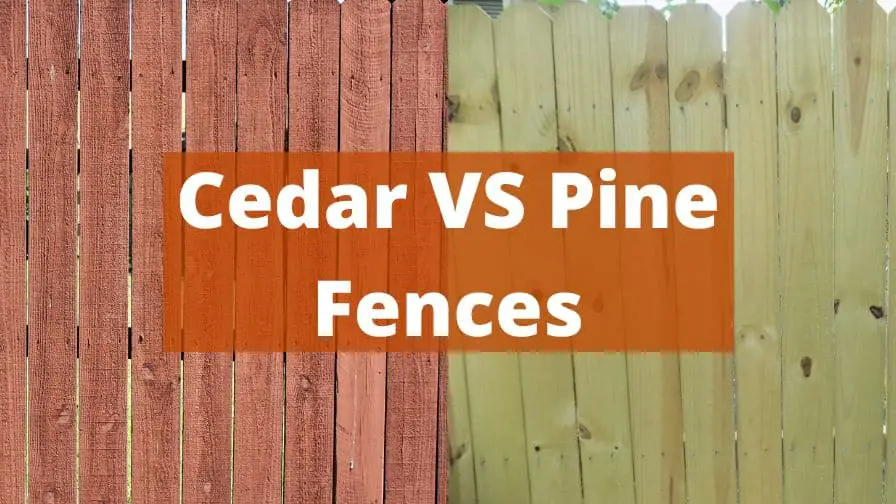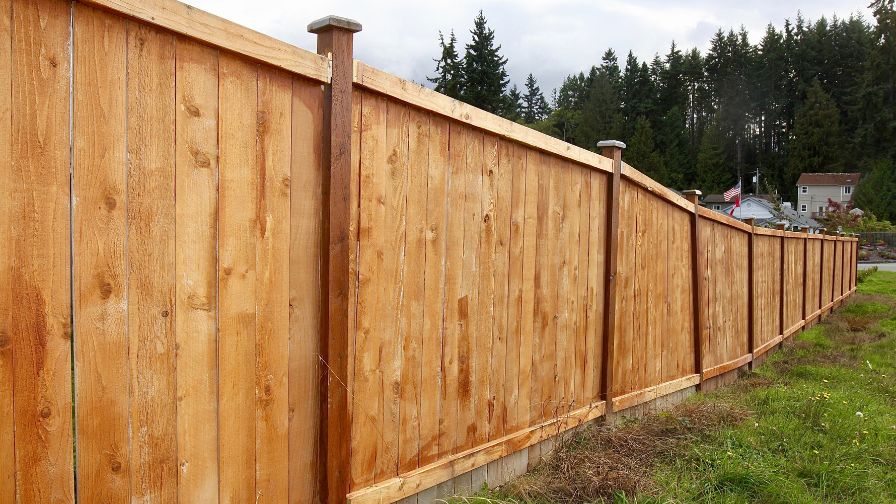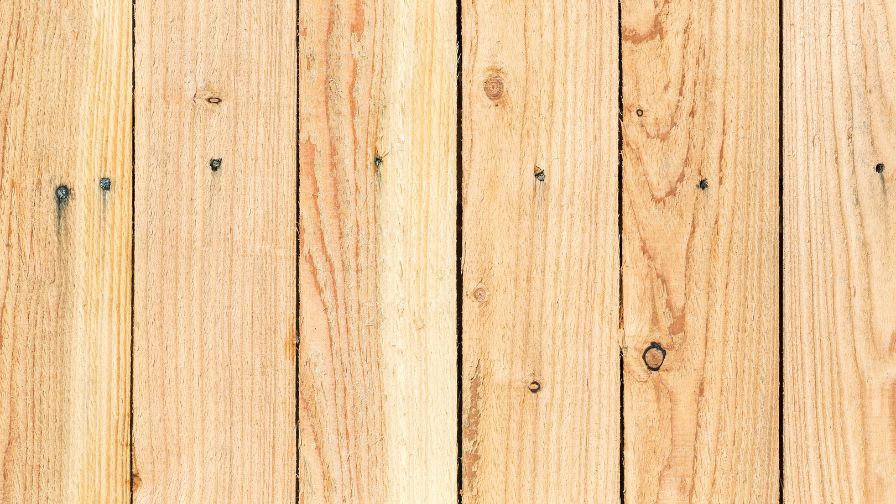
When it comes to fencing, there are a lot of options to choose from. You can go with a wooden fence, a metal fence, or even a stone fence. But one of the most popular types of fences is the cedar vs pine fence debate.
So which one should you choose? Cedar and pine are both great choices, but they have different strengths and weaknesses.
In this blog post, we will discuss the pros and cons of Cedar VS Pine Fences so that you can make an informed decision about what’s best for your home or business.
What Are The Differences Between Cedar vs. Pine Fences?
The differences between Cedar and Pine Fences are vast. If you are looking for a long-lasting, durable fence, then cedar is the way to go. Cedar fences can last up to 20 years with proper care and maintenance, whereas pine fences only have a lifespan of around five to seven years.
Cedar is also more resistant to rot and insect damage than pine, making it a better choice for fence material in areas with high moisture levels or where there is a risk of termite or carpenter ant infestation.
If you’re looking for a cheaper fencing option, pine may be the way to go. Pine fences cost about half as much as cedar fences, so if budget is a concern, this may be the route you want to take.
Keep in mind, however, that pine fences will require more maintenance than cedar fences and will need to be replaced more frequently. So, while initial cost may be cheaper, over time you may end up spending more on a pine fence than you would on a cedar fence.
When it comes to choosing between cedar and pine fences, it really boils down to a matter of personal preference. Consider your budget, how long you want the fence to last, and the level of maintenance you’re willing to do before making a decision. Whichever route you choose, be sure to consult with a professional fence installer to get the best results.
Subscribe to Tennessee Valley Fence on YouTube
What Are The Pros And Cons Of Each Type Of Wood Fence?
The pros of a Cedar fence are that Cedar is a beautiful and natural looking wood. Cedar has a natural resistance to rot and decay, which means it will last longer than other types of wood fences. Cedar is also a lightweight wood, so it is easy to install.
The cons of a Cedar fence are that Cedar can be expensive. Cedar is also susceptible to damage from insects and weather.
The pros of a Pine fence are that Pine is an economical choice for a wood fence. Pine is also easy to work with and install.
The cons of a Pine fence are that Pine is not as durable as Cedar and it is also susceptible to damage from insects and weather.

Cedar Vs Pine Fence Cost
You might be wondering how much a cedar fence costs in comparison to a pine fence. Here’s a breakdown of the average cost of Cedar vs Pine Fencing:
Cedar: $20-$35 linear foot
Pine: $9-$24 linear foot
Pricing Source – https://www.fenceguides.com
As you can see, cedar is more expensive than pine. But why?
Cedar is a more durable type of wood, which means it will last longer than pine. Cedar is also more resistant to rot and insect damage. So if you’re looking for a fence that will last for years to come, cedar is the way to go.
Of course, pine has its advantages too. Pine is a softer wood, which makes it easier to work with. Pine is also more affordable, so if you’re on a budget, pine may be the better option for you.
Cedar Vs Pine Fence Termites
If you’re looking for a durable and long-lasting fence, then Cedar is the way to go. Cedar is a rot-resistant wood, so it will withstand the elements better than Pine. Cedar is also termite-resistant, so you won’t have to worry about your fence being destroyed by these pesky insects. However, Cedar is more expensive than Pine, so keep that in mind when making your decision.




